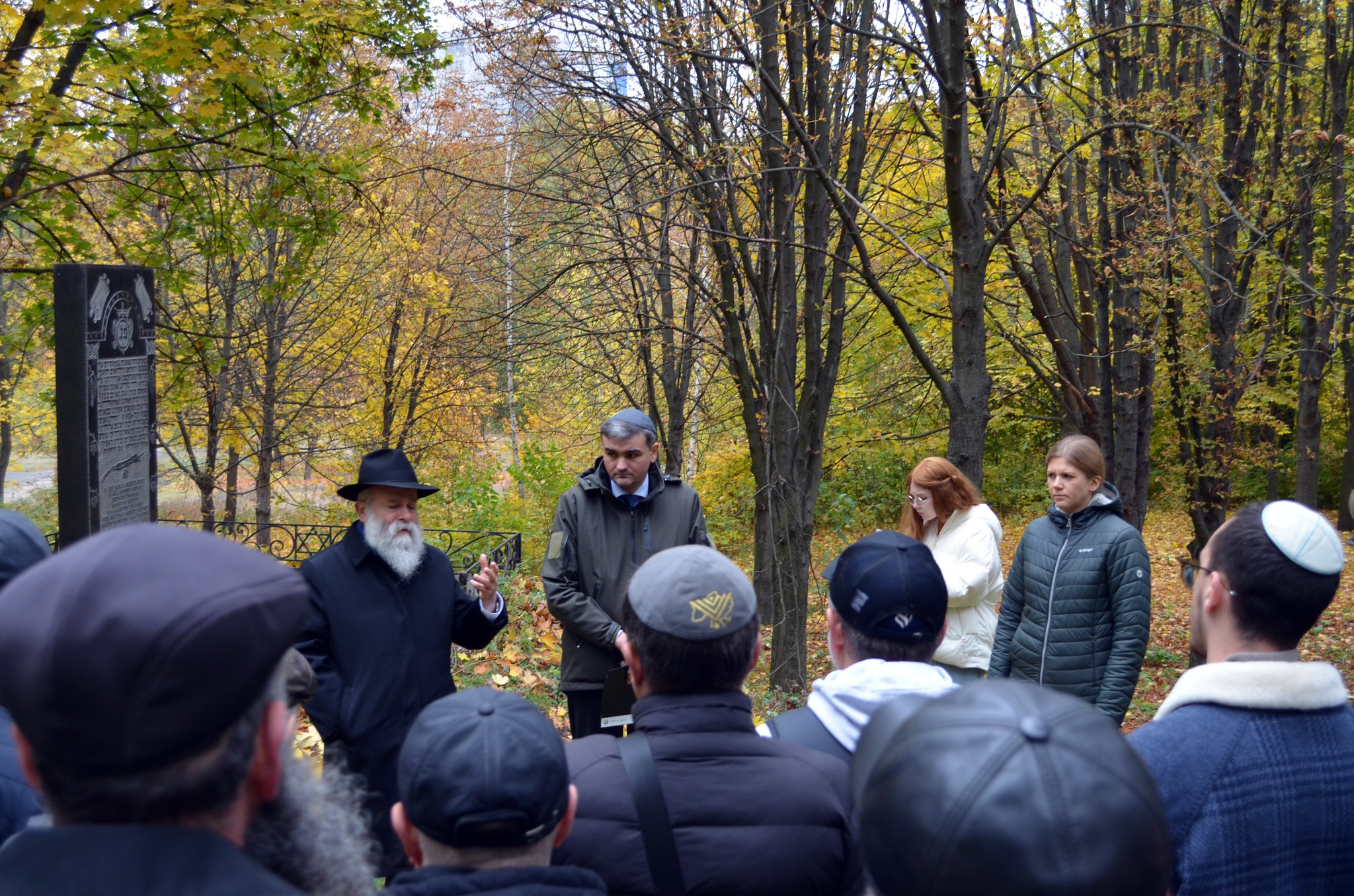“…We quickly gathered ourselves, but did not go to the department store, but joined the last "party". It was already evening when we approached the place of execution. We heard the screams of people and the bursts of machine gun fire and guessed what was going on…”
From the memoirs of Medea Kostomakha (Markovich), born in 1930.
Two years and two months – that’s how long the Nazi occupation lasted for Dnipro and its inhabitants. 26 months brought countless suffering. It is also difficult to generalize and realize how many human lives and destinies were broken. Even though from the first days of their presence, the German occupiers and their allies demonstrated their own superiority over the inhabitants of the captured city, few of the Dnipro residents predicted the catastrophe that occurred in mid-October.
Over the course of two days, October 13–14, 1941, German soldiers shot between 11,000 and 13,000 Jews. Other places of death appeared in the city later. However, it was the ravine on the territory of the Botanical Garden nursery that was the site of the largest mass murder of civilians, people united by their Jewish origin, in a time span of two days.
For almost fifty years after the expulsion of the Nazis, the Jews of Dnipro fought for the right to openly honor the memory of their relatives, loved ones, friends and acquaintances. Honoring without any linguistic curtseys (such as “peaceful citizens-victims of fascism”) and ideological burdens. Only at the turn of the 20th and 21st centuries, thanks to the efforts of the Jewish community of Dnipro and its activist Arkady Shmist, a Monument to the Fallen Jews appeared at the site of the mass murder, which is now the territory of Student Park.
On October 21, as every year, people who are not indifferent to the memory of those who went into obscurity on a cold October morning eighty-four years ago came to it. This is the third time that the commemoration is taking place in the context of the modern war against Ukraine, the second time – in the context of an unprecedented increase in anti-Semitism and undisguised violence against Jews in many countries of the world. However, as the Chief Rabbi of Dnipro and the Dnipro Region Shmuel Kaminetsky emphasized in his speech, the memory of the terrible crime should unite people of the world in good deeds for the sake of future generations. A symbol of this revival is also the fact that one of the memorial candles was lit by Yisroel Gurevich, the Chief Rabbi of the Levi-Yitzhak Synagogue, which was opened relatively recently in the immediate vicinity of the memorial site. Dr. Iryna Radchenko, director of the Museum “Jewish Memory and Holocaust in Ukraine”, which for many years has been systematically researching the history of the Holocaust in the city and spreading knowledge about the Nazi genocide, emphasized the importance of the duty of Remembrance as a moral imperative not only to those who are no longer there, but also to those who are just beginning their journey. Oleh Rostovtsev, who was a direct witness, participant and activist of the revival of Jewish life in the Dnieper in the late 1980s, spoke of the ravine in Student Park as an important common point of memory not only for Jews, but also for all Ukrainians of different ethnic origins and religions. As important as the places of memory of other genocides (Holodomor, Roma genocide, deportation of the Kyrymly) that befell Ukraine in the 20th century.
We can only hope that shared memories will save us from repeating the bitter experience of the past. And later, after the end of the war and the victory of Ukraine, a Memorial with the names of all victims of the Nazi genocide in the Dnieper will appear next to the monument in the form of a matzeva.

